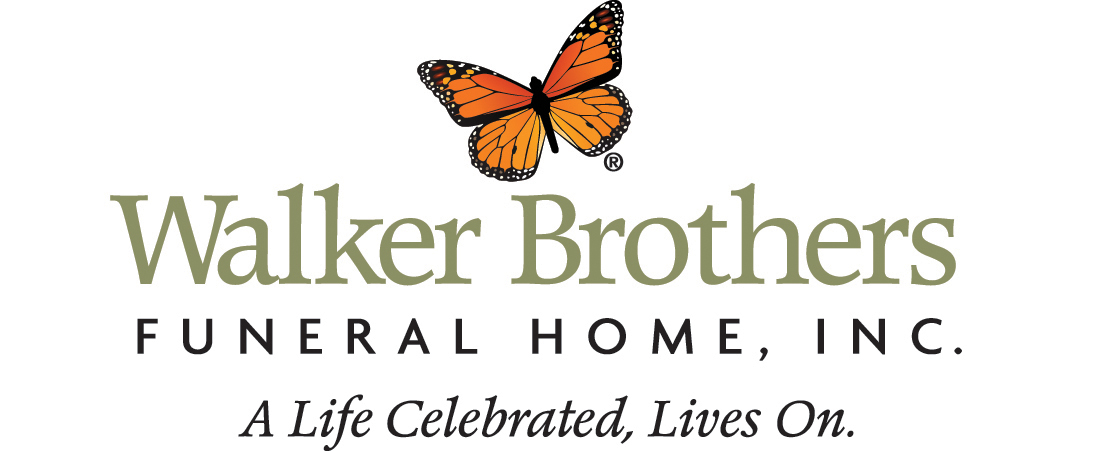(585) 352-1500

Bartolomeo & Perotto Examines Going “Green” In the Funeral Industry
While “going green” has been part of the American mainstream for at least the past three decades, the idea of “going green” as part and parcel of the funeral business has only recently begun to make it’s mark. And while Bartolomeo & Perotto Funeral Home, Inc. stands ready to respond to any requests for “green” funeral services and/or burials, interest from within the Rochester, Greece and surrounding communities has thus far been muted.
With an expectation that this inclination will slowly change in the years ahead, Bartolomeo & Perotto has consulted with the Green Burial Council on best practices for green funeral services and burials. The Council, which was founded in 2005, has established national standards for funeral homes and cemeteries offering eco-friendly care, as well as for manufacturers that make green burial products and supplies.
If the national trends and surveys provide any indication, local area interest will undoubtedly begin to emerge. A 2015 survey by the Funeral and Memorial Information Council determined that 64 percent of adults age 40 and above would be “interested in green funeral options,” compared to 43 percent who reported such interest in 2010. And more than 70 percent of “cemetery” members who responded to a 2015 Green Burial Council survey reported that “demand for green burial has increased.” Meanwhile, the number of funeral homes and cemeteries in North America receiving Green Burial Council Certification grew from one in 2006 to more than 300 today.
The idea of going green in the funeral industry encompasses a broad range of parameters, covering everything from the treatment of the decedant’s remains to the service’s flower arrangements. In short, green funerals and burials are designed to limit environmental impacts, which can be considerable when the 2.5 million or so annual deaths in the U.S. are considered as a whole.
According to various studies, traditional funeral/burial practices in the U.S. have created about one million acres of cemeteries filled with more than 115 million tons of steel (caskets), four million acres of hardwood timber (caskets), and about 2.3 billion tons of concrete (burial vaults). Not only do these represent valuable resources that could have been used for other purposes, but it will take centuries for them to biodegrade and rejoin the natural cycle. Added to this mix is about 800,000 gallons of toxic formaldehyde (embalming fluid) per year, which eventually leaches into the soil where it can make its way into underground water supplies.
Cremation has emerged in recent decades as a viable alternative to burial, due to both its lower costs and the belief by some that it is more environmentally friendly. However, cremation relies on significant energy expenditures and releases greenhouse gases and heavy metals into the atmosphere.
Even the benign floral arrangements that are such a mainstay of funerals and the grieving process have been marked for their potential environmental impacts. Among the biggest impact cited by environmentalists is that the majority of flowers used in arrangements for U.S. florists are grown in South America and then air-shipped to the U.S. Along with the large carbon footprint created by shipping, many South American Growers reportedly rely on unsustainable growing methods and extensive use of insecticides and herbicides.
As noted by Green Burial Council Director Kate Kalanick, “A lot of people talk about their carbon footprint on the environment, but many don't understand how heavy that last footprint can be.”
With so many environmental factors to consider with funeral planning, perhaps when considering going green, disposition of the decedent’s remains should be addressed first, whether as part of pre-planning strategy or as confronted by a family facing sudden loss.
Instead of embalming with formaldehyde, funeral homes can utilize non-toxic post-mortem fluids such as an all-natural, vanilla-bean-based potion, and rely more on refrigeration or dry ice for the temporary preservation. Even without traditional embalming fluids, funeral homes can successfully preserve the decedent’s body for enough time to allow family and friends that need to travel long distances for the services.
To further go green, the next option includes determining the eco-friendly casket, shroud or other container that the body will be interred within. Green Burial Council guidelines for such products call for them to “be constructed from plant-derived, recycled plant-derived, natural, animal, or unfired earthen materials, including shell, liner, and adornments.” Additionally, the products cannot contain finishes, adhesives or dyes that release any toxic by-products during their expected biodegrading into the soil. Among common containers being used in green funerals are “traditional” pine boxes, shrouds, whicker baskets, and a variety of caskets made out of a wide range of natural and recycled materials, such as sea grass, willow branches and recycled newspaper.
Choices for an actual “green” burial are a bit more limited for the Rochester area, as only two cemeteries currently provide the option. As much as Bartolomeo & Perotto stands ready to offer “green” funeral services, it believes that many area cemeteries are aware of the “green” trend, and are likely investigating alternative options for their grounds.
Mount Hope Cemetery has been certified by the Green Burial Council as a hybrid cemetery, which means that it is a conventional cemetery that offers the option of burial in eco-friendly containers without a vault and without embalming. Holy Sepulchre Cemetery has been certified by the council as “natural,” which means (in its green burial section), “it requires the adoption of practices/protocols that are energy-conserving, minimize waste, and do not require the use of toxic chemicals.” In short, it prohibits the use of toxic embalming fluids, vaults, and caskets not made from natural or plant-derived materials.
As for floral arrangements, the best advice offered by those promoting “green” funerals is to seek out florists who offer local organically grown flowers.
This article has covered the primary components involved with “going green” within the funeral industry, though there are other elements that can add to the eco-friendliness of funeral services and burials. For example, forsaking the use of a traditional headstone in favor of a flat, natural rock or a tree or other plant.
If you are interested in incorporating eco-friendly elements into your own or a family member’s services, Bartolomeo & Perotto’s funeral directors will be glad to discuss available options.
Links:
2015 Survey by the Funeral and Memorial Information Council:
http://www.famic.org/famic-study/
2015 Green Burial Council survey:
http://greenburialcouncil.org/wp-content/uploads/2015/04/2015-GBC-Survey.pdf.pdf



Comments